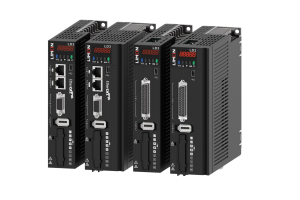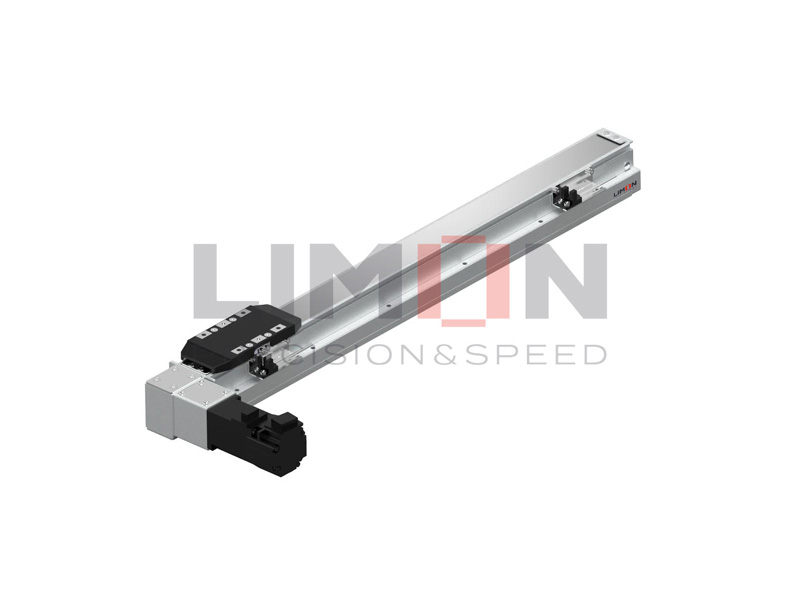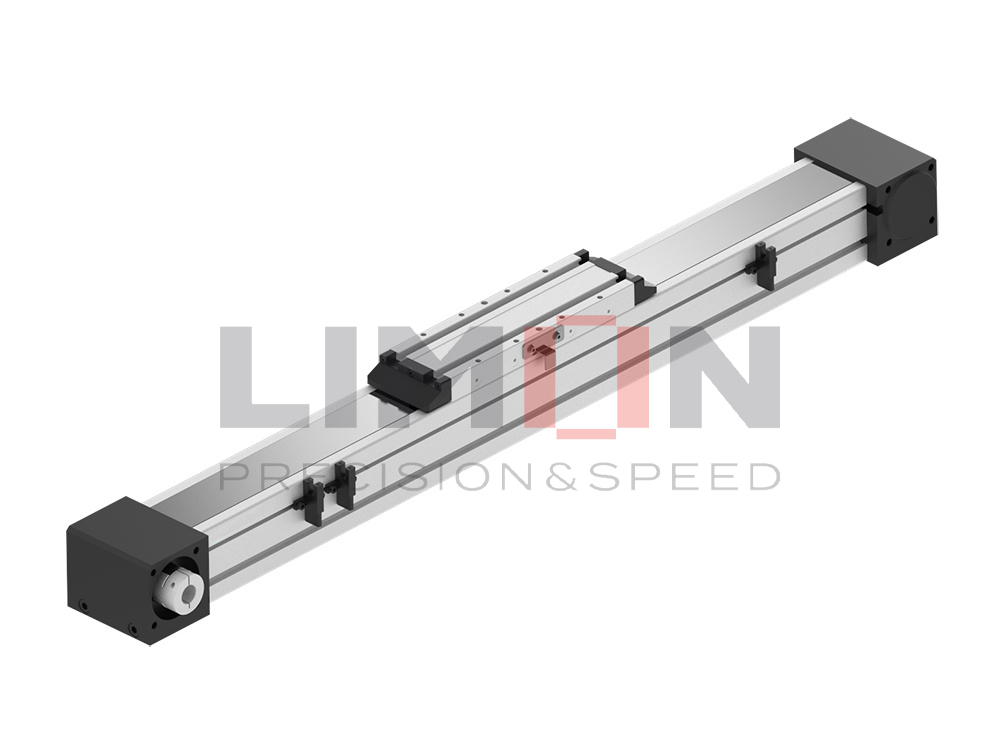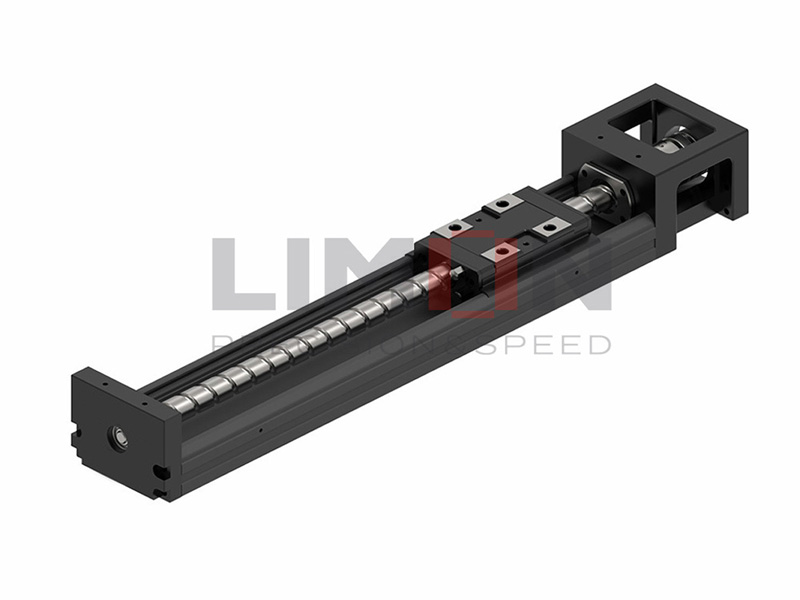In the world of motion control, DC servo systems still hold their ground, despite the rise of AC alternatives. So, when does it make sense to choose a DC servo motor over its AC counterpart? Let’s break it down with key decision factors.

Cost Sensitivity: Budget-Friendly Motion Control
Brushed DC servo systems are often the go-to choice when cost constraints rule the day. Their lower upfront cost makes them ideal for:
-
Entry-level automation systems
-
Educational kits and prototypes
-
Low-budget machinery retrofits
Simple Control Requirements: Voltage = Speed
When your application doesn’t demand complex control loops, DC servos shine. Their voltage-proportional speed control simplifies the design and keeps development time short.
Ideal for:
-
Basic motorized actuators
-
Light-load conveyors
-
DIY robotics platforms
High Starting Torque: Instant Power at Low Speed
Need that punch of torque right from a standstill? DC servo motors excel here, delivering high starting torque without delay.
Common in:
-
Robotic joints
-
Pick-and-place mechanisms
-
Belt drive systems that start under load
Legacy Infrastructure Compatibility: When DC Power Is Already There
If your facility or product ecosystem already uses DC power supplies, staying with DC servo systems avoids costly power conversions or retrofits.
Scenarios include:
-
Upgrades in DC-driven legacy machines
-
Off-grid DC-powered setups
-
Mobile and automotive systems
Low to Moderate Speed Applications: When RPM Isn’t King
In applications where speed isn’t the top priority, DC servos get the job done with simplicity and reliability.
Used in:
-
Automotive seat adjusters
-
HVAC dampers
-
Light automation tools
Ease of Maintenance: When Brush Replacement Isn’t a Deal-Breaker
Yes, brushed DC motors require maintenance—but in controlled environments, brush replacement is a simple and cost-effective process.
Perfect for:
-
Systems with planned downtime cycles
-
Non-critical machinery
-
Equipment in serviceable environments
Key Differences Between DC and AC Servo Systems
Choosing between DC servo and AC servo motors comes down to performance, cost, and maintenance expectations. Here’s how they stack up:
Commutation Method
-
DC Servo: Uses brushes and mechanical commutation → leads to wear and service needs
-
AC Servo: Employs electronic commutation (brushless) → longer life, less maintenance
Efficiency & Lifespan
-
DC: Lower efficiency due to brush friction; shorter lifespan
-
AC: Higher efficiency, brushless design = extended operational life
Torque-Speed Characteristics
-
DC: Delivers high torque at startup, but torque drops at high speed
-
AC: Provides consistent torque across speed ranges, especially at high RPM
Control Complexity
-
DC Servo: Easier to control with basic voltage inputs
-
AC Servo: Requires advanced vector control or feedback systems
Power Supply Needs
-
DC Servo: Directly compatible with DC power sources
-
AC Servo: Often needs inverters or converters if DC-powered
Noise and EMI
-
DC Servo: Brushes can create noise and EMI
-
AC Servo: Quieter and more EMI-friendly, especially in sensitive electronics environments
Regenerative Braking Capability
-
DC Servo: Limited in energy recovery
-
AC Servo: Efficient energy regeneration, especially in dynamic systems like elevators
Size and Weight Efficiency
-
DC Servo: Brushed models are bulkier at equivalent power
-
AC Servo: Compact and lightweight—especially in brushless formats
Real-World Applications
-
DC Servos: Best for low-cost CNC machines, automotive actuators, and compact robotics
-
AC Servos: Preferred in industrial automation, precision medical tools, high-end CNC, and aerospace systems
Final Verdict: When to Choose a DC Servo System
If you’re working within a tight budget, need simple speed control, or have DC infrastructure in place, then a DC servo motor might be your ideal match. However, if you’re after high performance, minimal maintenance, and long-term efficiency, AC servo systems take the crown.
Ready to spec a servo for your application? Let’s engineer the right motion—together.




